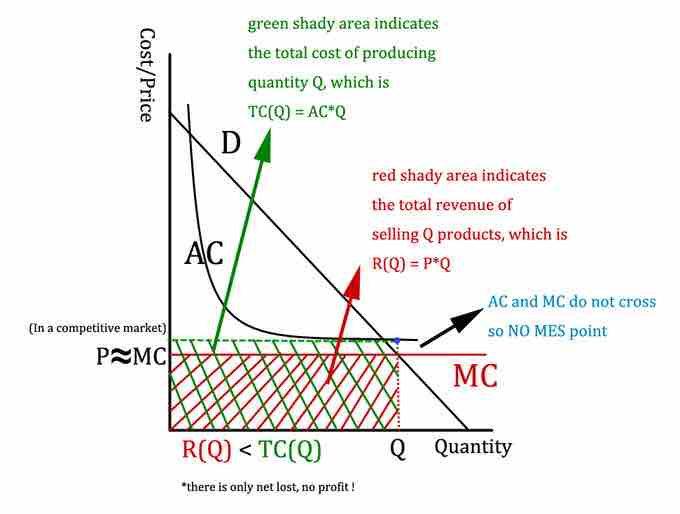Pricing strategies for products or services encompass three main methods of improving profits: the business owner can cut costs, sell more, or implement a better pricing strategy. When costs are already at their lowest and increasing sales becomes difficult, adopting a better pricing strategy may be a key option for staying viable.
However, merely raising prices is not always the best solution, particularly in poorer economies. Many businesses fold because as a result of pricing themselves out of the marketplace. On the other hand, many business and sales staff leave "money on the table". One strategy does not fit all, so adopting a pricing strategy is a learning curve—studying the needs and behaviors of customers and clients is essential.
Nine Laws of Price Sensitivity and Consumer Psychology
In their book The Strategy and Tactics of Pricing, Thomas Nagle and Reed Holden outline nine "laws"—factors they say influence how a consumer perceives a given price, and how price-sensitive they may be with respect to different purchase decisions.
- Reference Price Effect: Buyer's price sensitivity for a given product increases the higher the product's price relative to perceived alternatives. Perceived alternatives can vary by buyer segment, occasion, or other factors.
- Difficult Comparison Effect: Buyers are less sensitive to the price of a known or more reputable product when they have difficulty comparing it to potential alternatives.
- Switching Costs Effect: The higher the product-specific investment a buyer must make to switch suppliers, the less price sensitive that buyer is when choosing between alternatives.
- Price-Quality Effect: Buyers are less sensitive to price the more higher prices signal higher quality. Products for which this effect is particularly relevant include image products, exclusive products, and products with minimal cues for quality.
- Expenditure Effect: Buyers are more price sensitive when the expense accounts for a large percentage of buyers' available income or budget.
- End-Benefit Effect: This effect refers to the relationship of a given purchase to a larger overall benefit, and is divided into two parts. The first, derived demand, referes to buying sensitivity relative to the price of the end benefit; the more sensitive they will be to the prices of those products that contribute to that benefit. The second, price proportion cost refers to the percent of the total cost of the end benefit accounted for by a given component that helps produce the end benefit (e.g., CPU and PCs). The smaller the given components share of the total cost of the end benefit, the less sensitive buyers will be to the component's price.
- Shared-cost Effect: The smaller the portion of the purchase price buyers must pay for themselves, the less price sensitive they will be.
- Fairness Effect: Buyers are more sensitive to the price of a product when the price is outside the range they perceive as "fair" or "reasonable" given the purchase context.
- The Framing Effect: Buyers are more price sensitive when they perceive the price as a loss rather than a forgone gain, and they have greater price sensitivity when the price is paid separately rather than as part of a bundle.
Status-quo Pricing
Status-quo pricing, also known as competition pricing, involves maintaining existing prices (status quo) or basing prices on the prices of competitor firms .

Competitive Market Pricing
Status-quo pricing, also known as competition pricing, involves maintaining existing prices or basing prices on what other firms are charging.
Advantages: Avoids price competition that can damage the company.
Disadvantages: Because the price will not grab the customer's interest, businesses must attract customers in other ways. Also, these prices may barley cover production costs, resulting in low profits.